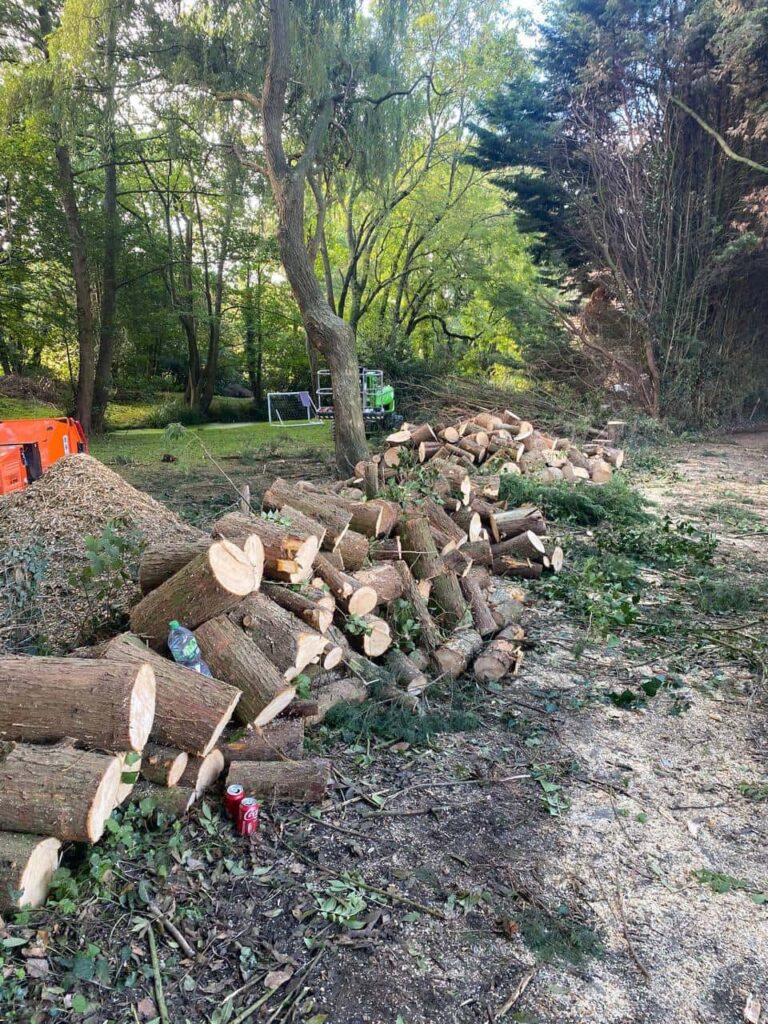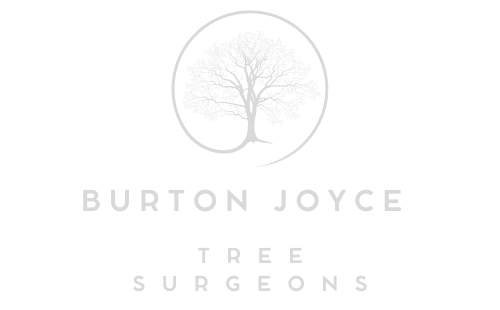The Importance of Regular Inspections After Tree Crown Reduction
Introduction: Tree crown reduction is a beneficial practice that enhances tree health, safety, and aesthetic appeal. However, ensuring the long-term success of this technique requires regular inspections to monitor the tree’s condition and address any emerging issues. Here’s why regular inspections are crucial after tree crown reduction:
Understanding Tree Crown Reduction
Tree crown reduction involves selectively pruning branches to:
- Enhance Safety: Reduce the risk of branch failure during storms or high winds by lightening the canopy load.
- Promote Health: Improve air circulation and light penetration within the tree’s canopy, stimulating new growth and enhancing overall tree vitality.
- Maintain Aesthetics: Shape the tree to improve its appearance and integration into its surroundings, enhancing the landscape’s visual appeal.
Importance of Regular Inspections
- Monitoring Tree Health: After crown reduction, regular inspections allow arborists to assess the tree’s health and identify signs of stress, disease, or pest infestation. Early detection enables prompt intervention to prevent potential issues from escalating.
- Assessing Pruning Effectiveness: Inspections help evaluate the effectiveness of the crown reduction. Arborists can monitor how the tree responds to pruning, including new growth patterns and structural changes.
- Safety Assurance: Regular inspections ensure the tree remains structurally sound and poses no safety risks to nearby structures, pedestrians, or vehicles. Any compromised branches or structural issues can be identified and addressed promptly.
- Preserving Tree Longevity: Regular inspections contribute to the long-term health and longevity of trees by addressing emerging issues early. Proper maintenance and care enhance the tree’s ability to withstand environmental stressors and maintain its aesthetic value.
Post-Inspection Actions
Following inspections, arborists may recommend:
- Pruning Adjustments: Fine-tuning the crown reduction if necessary to maintain the desired shape and size of the tree.
- Additional Care: Implementing specific care practices such as fertilisation, mulching, or pest control treatments based on the tree’s current condition and seasonal requirements.
Benefits of Professional Arboriculture
- Expertise and Experience: Certified arborists possess the knowledge and skills to conduct thorough inspections and provide tailored recommendations for tree care.
- Compliance and Safety: Arborists adhere to industry standards and safety protocols during inspections and subsequent maintenance activities, ensuring a safe environment.
Conclusion: Regular inspections are essential for maintaining trees’ health, safety, and aesthetic appeal following crown reduction. By partnering with experts for professional tree care services, you can ensure your trees receive the attention they need to thrive and enhance your landscape for years.
Call us on: 0115 647 1164
Click here to find out more about Burton Joyce Tree Surgeons
Click here to complete our contact form and see how we can help you with your tree’s needs.

